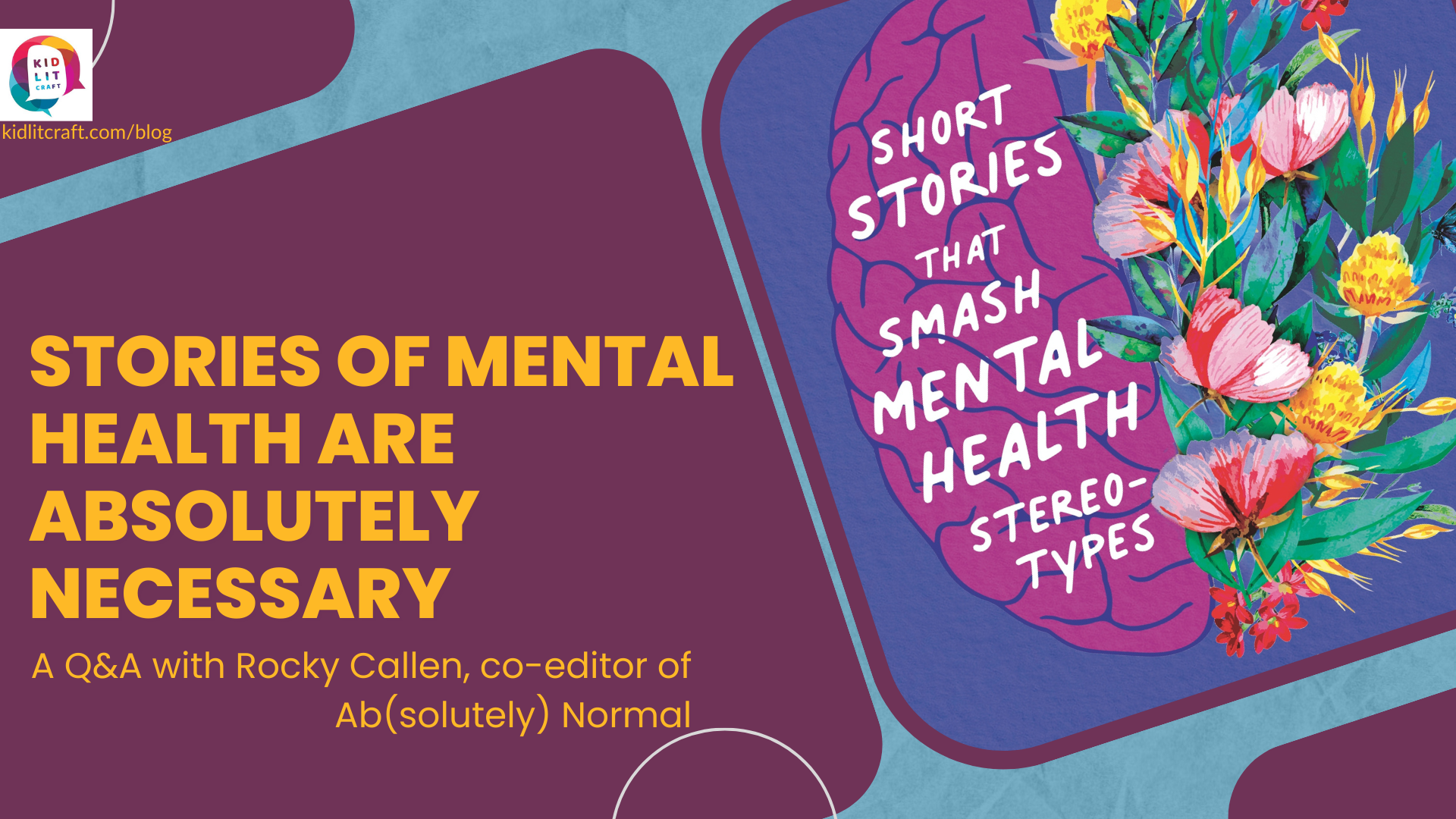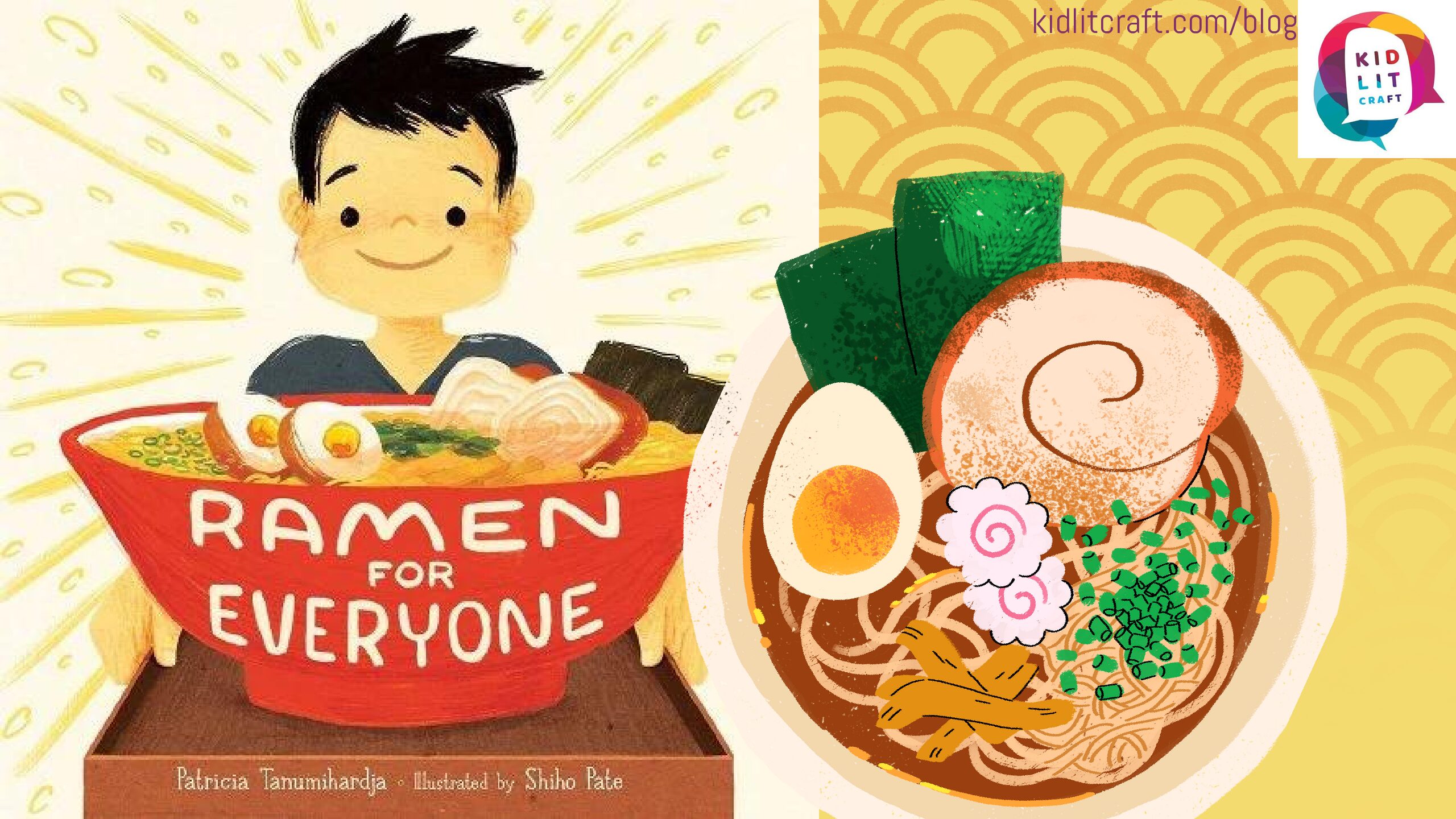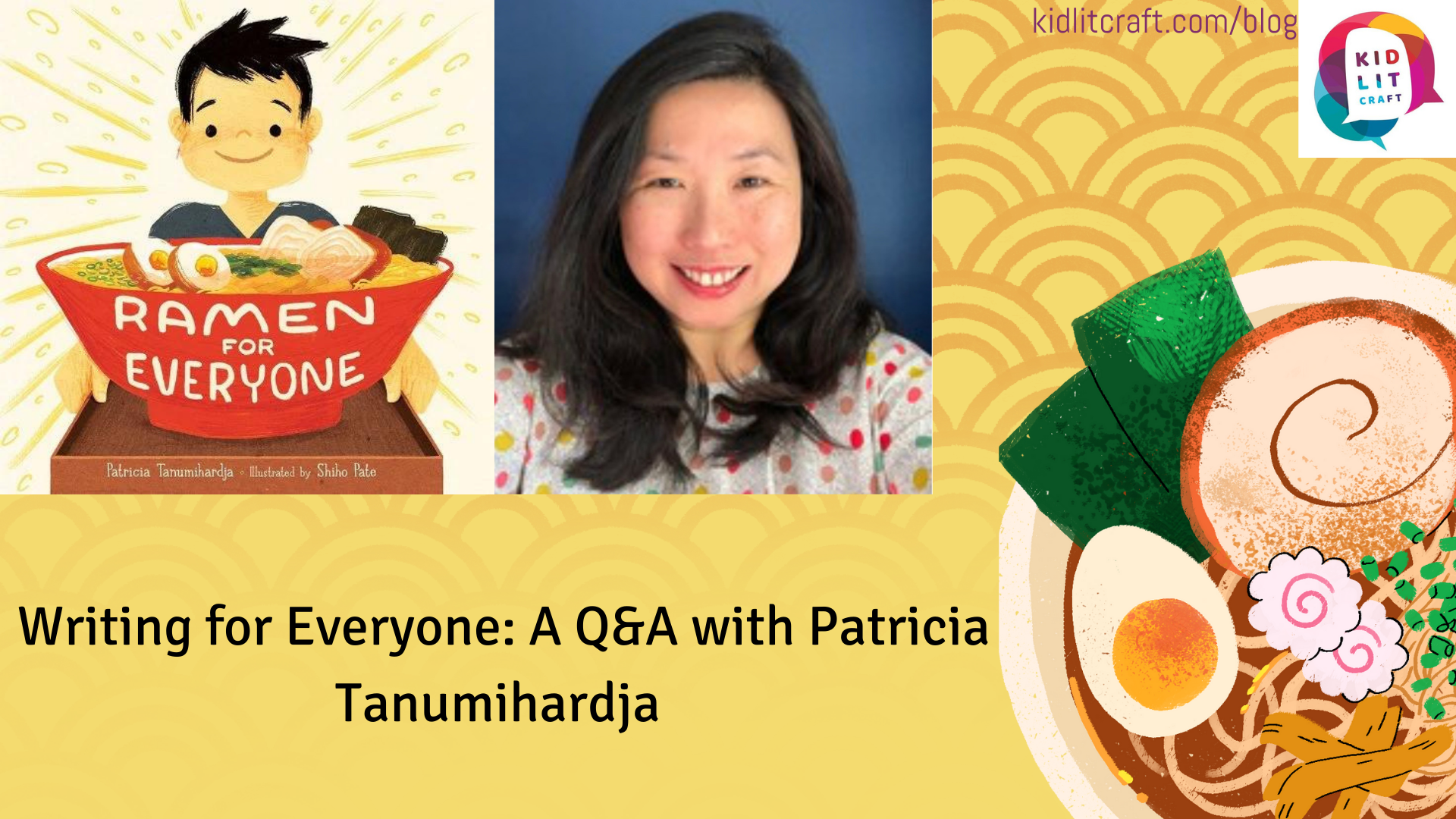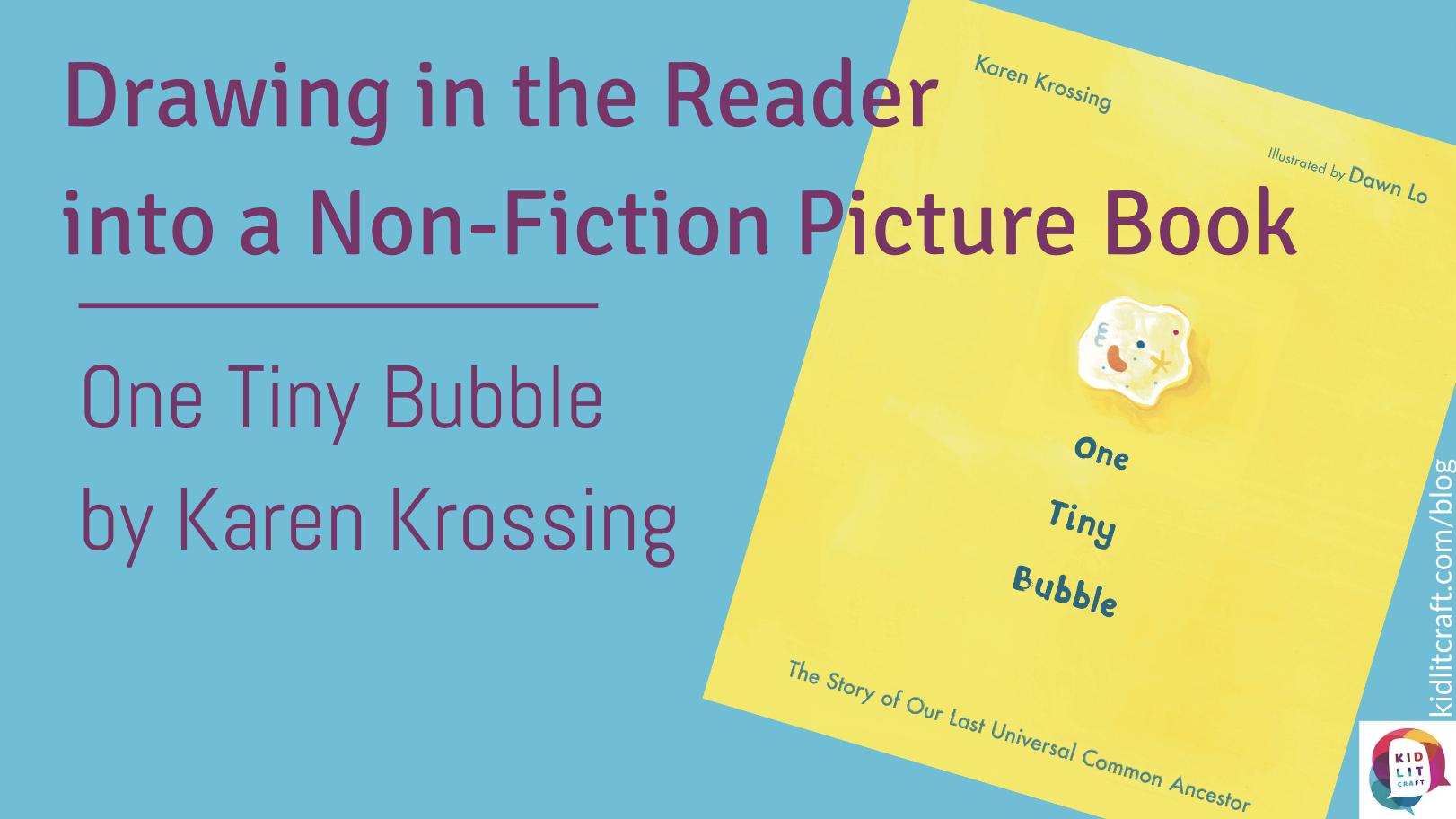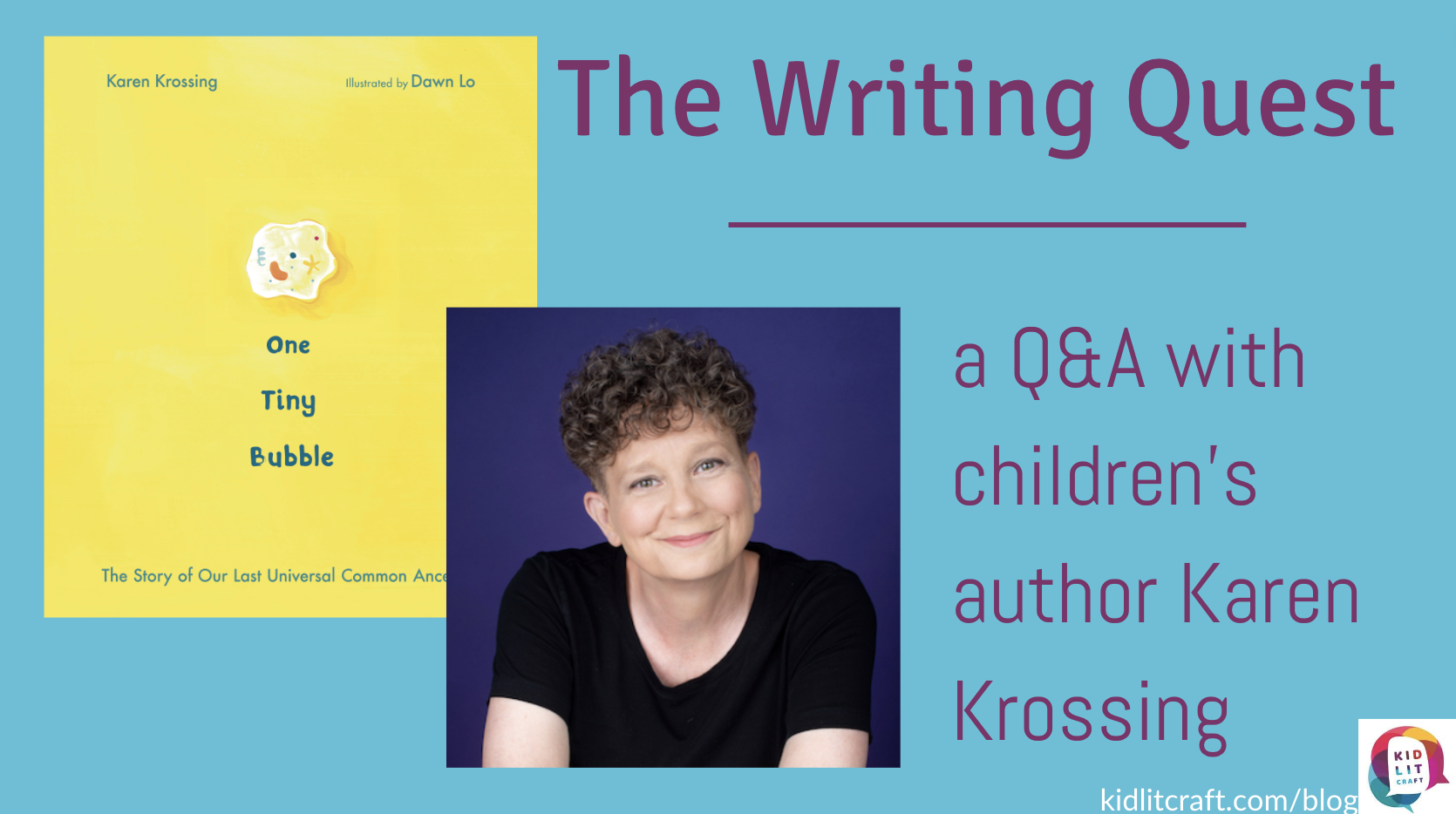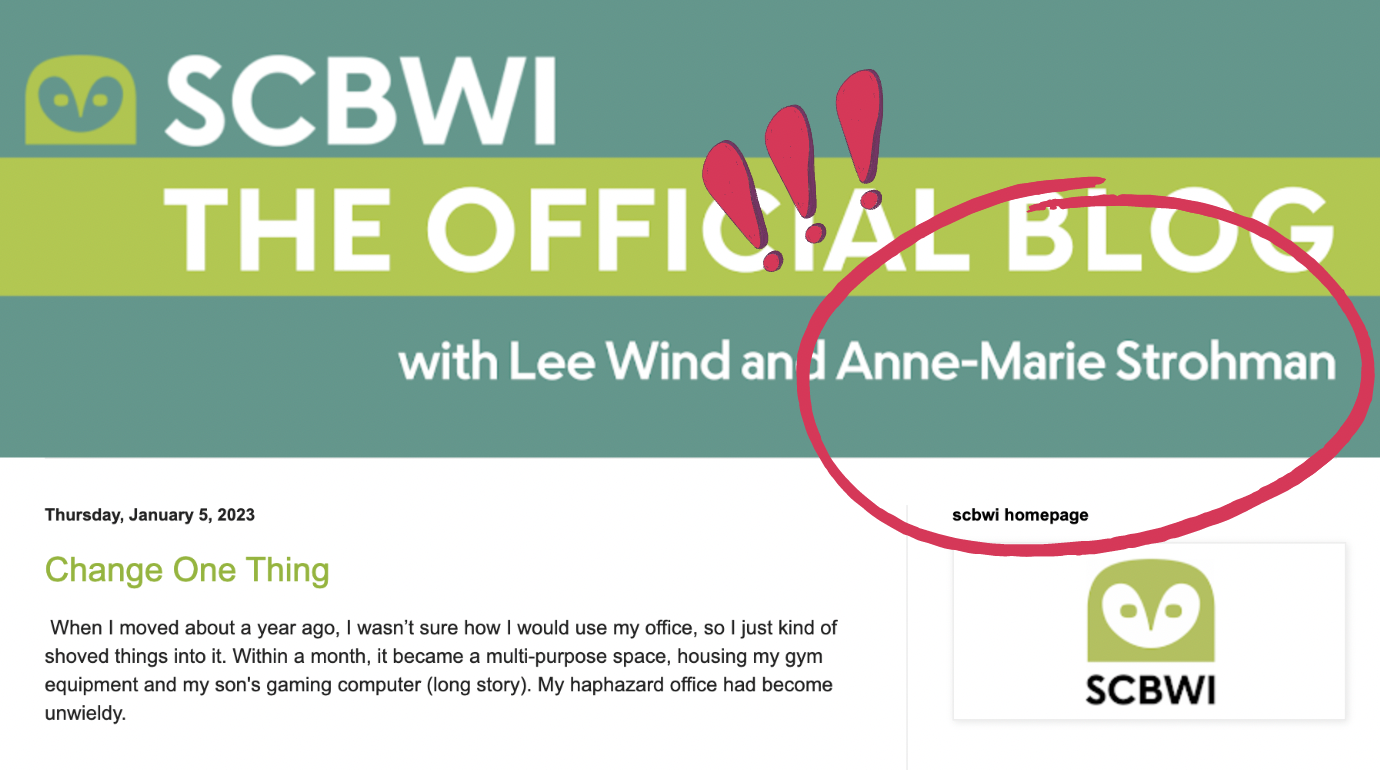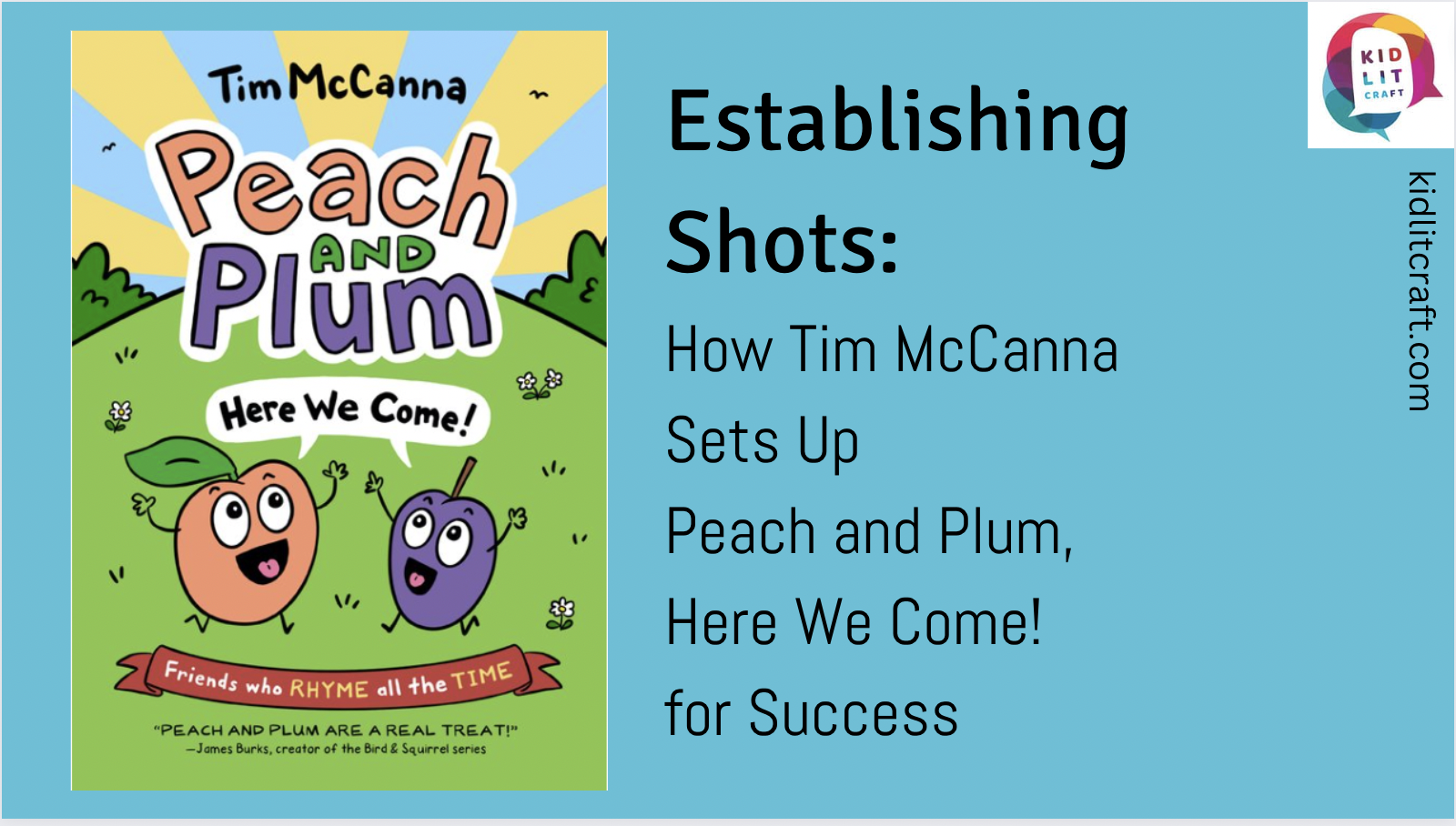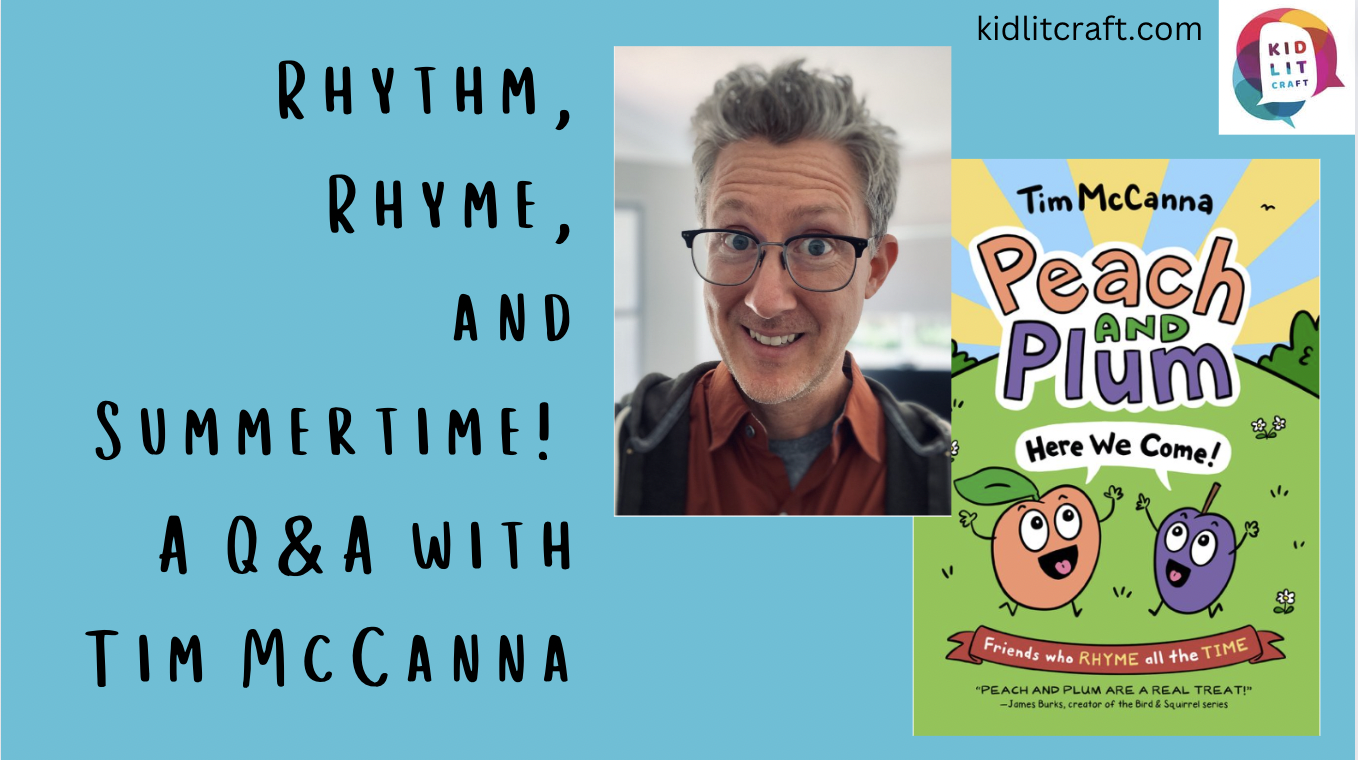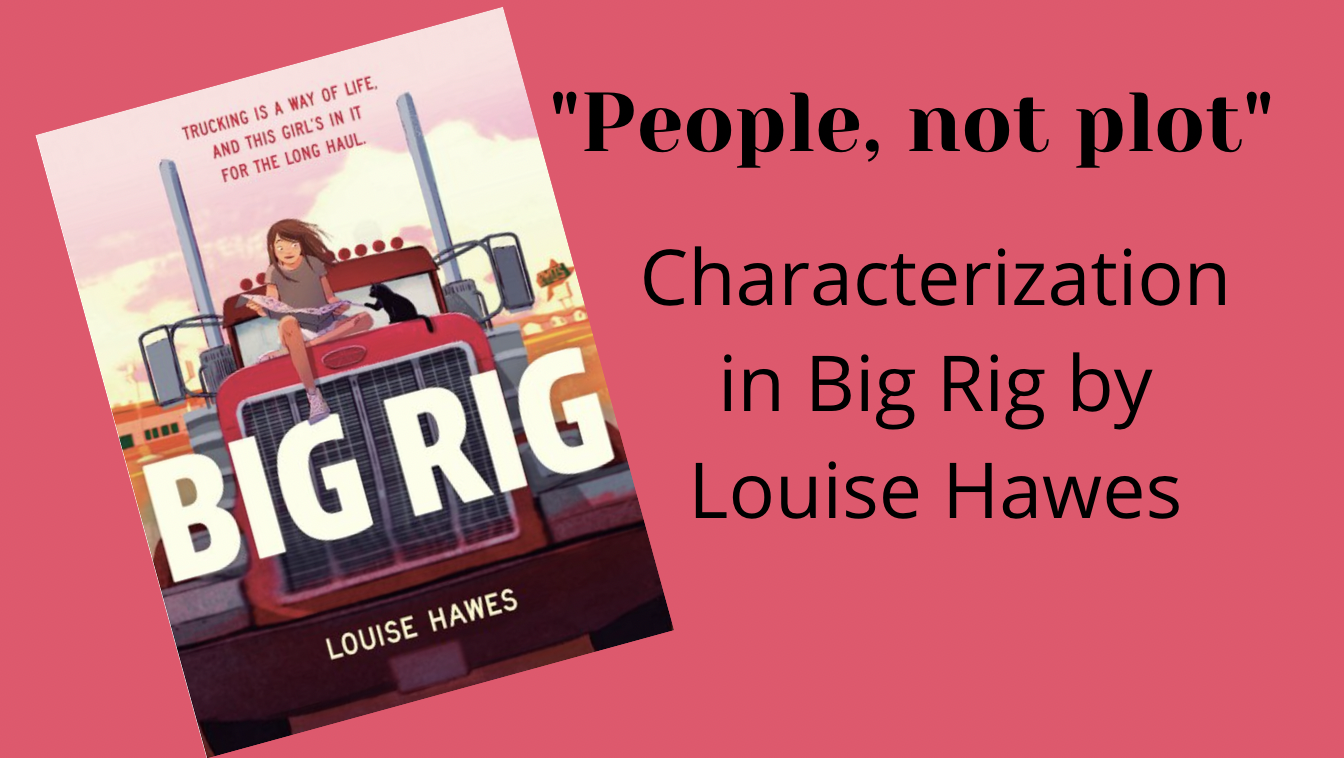author:
Anne-Marie Strohman
We were both adamant that this collection feature protagonists living with mental health conditions and be written by authors with lived mental health experiences. There are many incredible stories out there that aren’t written from lived experience, but we wanted this anthology’s mere existence to be a testament to how those living with mental health conditions can still chase dreams and lead fulfilling lives.
Patterns can help shape a story, from the big-picture themes to the moment-by-moment actions. Giving kids the opportunity to “read” the patterns gives them practice in making meaning. And it gives them satisfaction in reading as well.
“I focused on just his family members because I realized that I wanted to weave together themes of food and family, in particular the father-and-son relationship. Food has always been a very important part of my family, both when I was growing up and now that I have my own family. My mom liked to cook and it was her way of showing her love for us. Similarly, I like to cook my husband’s or son’s favorite dishes and/or add in favorite ingredients here and there, just because I want to show them I “see” them and I love them.”
In One Tiny Bubble, Krossing uses specific craft techniques to connect readers to the story, from direct address to apt comparisons, enabling kid readers to understand LUCA in relation to themselves and their world.
Karen Krossing shares her publishing journey–it’s been a long and fruitful one!–as well as her exploration of writing in various categories, from YA to picture books, and details of her writing process.
In January 2023, I had the pleasure of being the guest blogger for The Official SCBWI (Society of Children’s Book Writers and Illustrators) Blog. Here are links to the posts, in case you missed them.
A list of the books we read in 2022 for our in-person middle grade book group for middle grade authors.
In order to get early readers on board, Tim had to draw readers in from the very first page and show them what to expect from the book. His 38-word, two-spread introduction to the book is a master establishing shot that covers not just setting, but all the elements readers need to be pulled into a story.
Tim McCanna: “Trusting your intuition has to be earned by running into a lot of roadblocks and successfully finding your way through them. That’s true for any kind of writing.”
In the spirit of Hazel’s focus on people, I want to examine how Hawes establishes such a large cast of memorable characters. In both the opening and in introducing new characters throughout the book, Hawes uses voice, descriptions, and mood to establish characters quickly.
